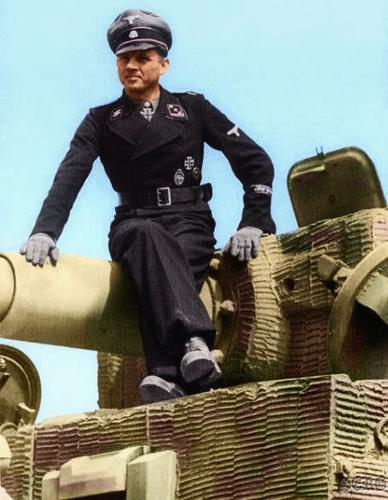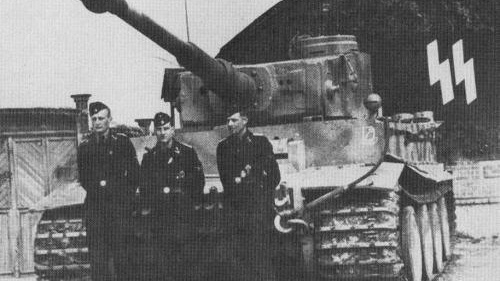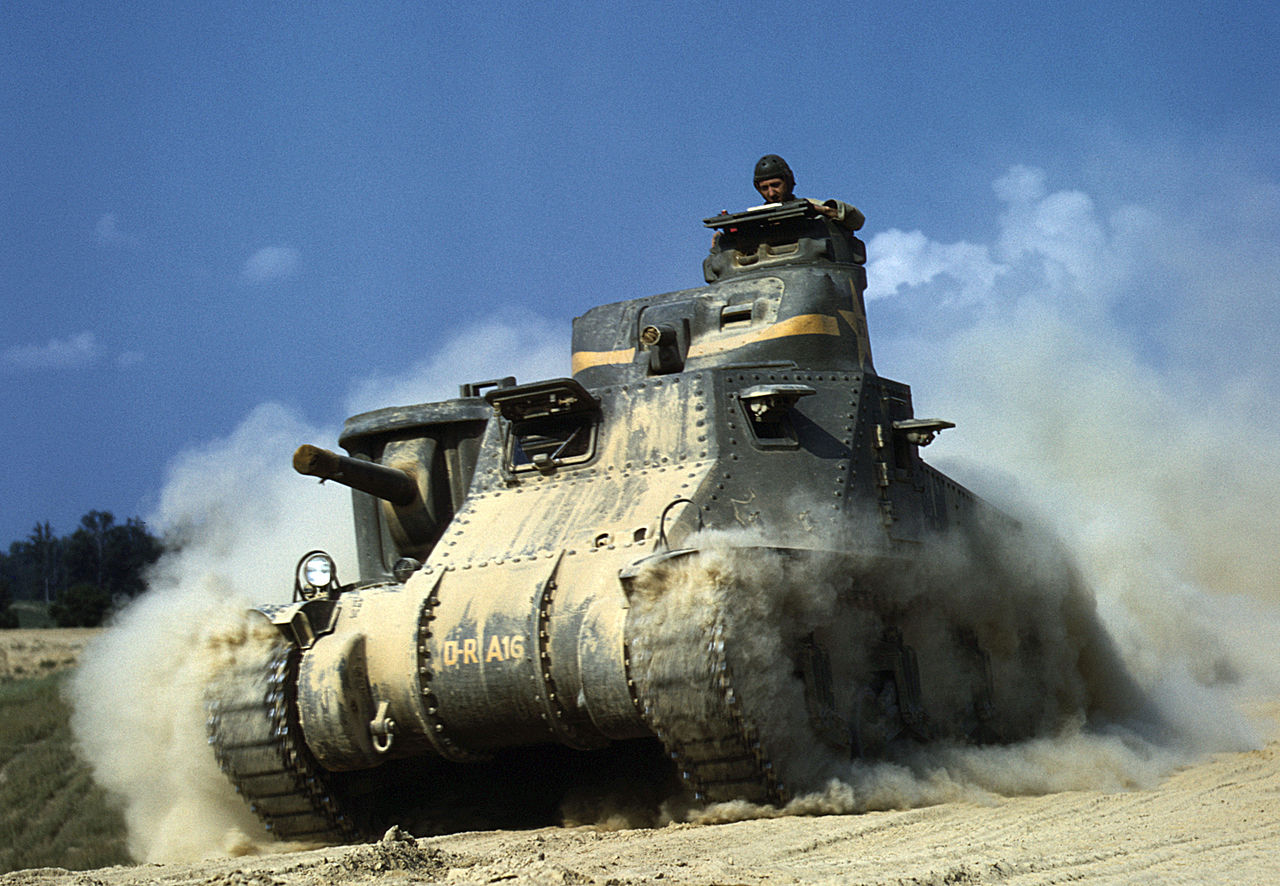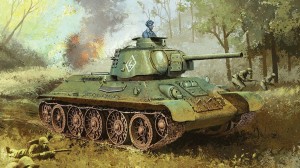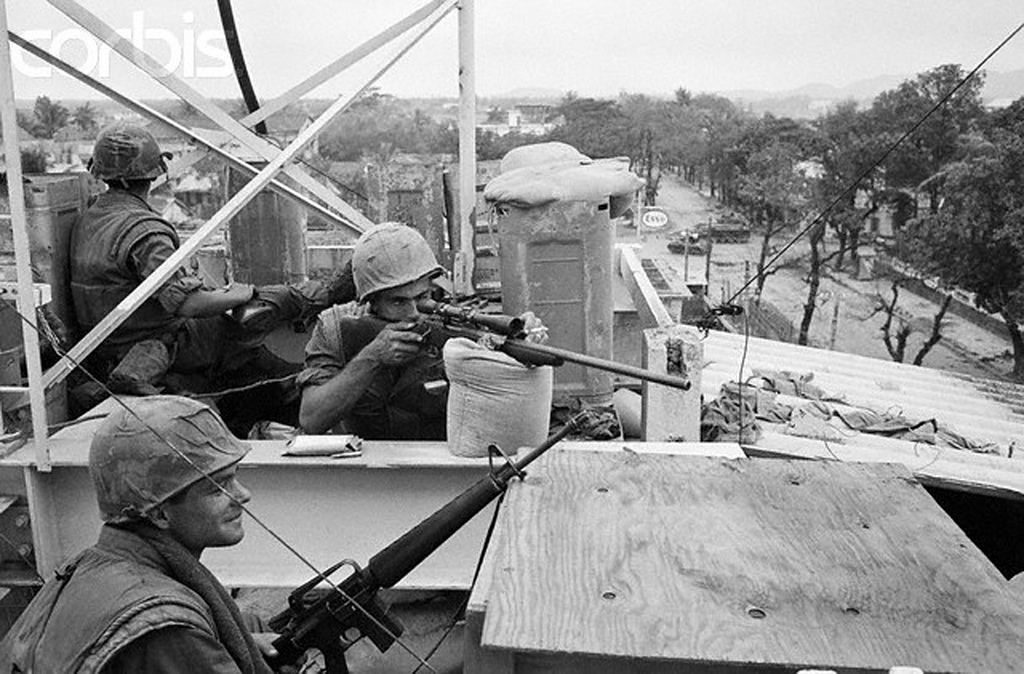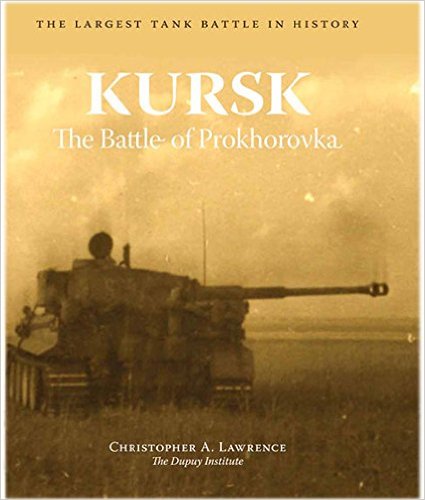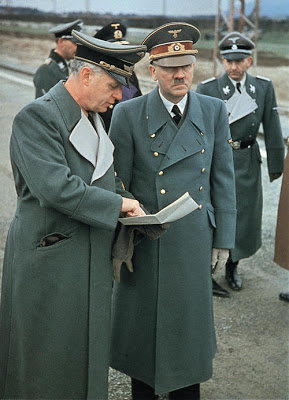
I have been back to doing a lot of work lately on events in July 1943. This led me to Joachim von Ribbentrop’s memoirs, who was Hitler’s foreign minister. He wrote his memoirs while he was in prison after World War II. In 1946 he was the first Nazi leader to be executed. Below is a very interesting passage covering much of what he had to say about events in late 1942 and all of 1943. It is from pages 168-171. It can be found at: https://archive.org/stream/in.ernet.dli.2015.183521/2015.183521.The-Ribbentrop-Memoirs_djvu.txt
When the Anglo-American landing in North Africa took place in November, 1942, 1 happened to be in Berlin. The very first reports showed the remarkable tonnage employed — four millions were mentioned. Clearly, an operation of such vast dimensions was very serious, and we had apparently been very wrong in our estimates of enemy tonnage. Indeed, Hitler later admitted as much. Since fortunes in the African theatre had always swayed backwards and forwards, I now feared the worst concerning the Axis position in the Mediterranean.
After contacting the Fuhrer I invited Count Ciano to come to Munich immediately for a conference; the Duce could not be spared to leave Italy. I flew to Bamberg, where I boarded the Fuhrer’s special train, which arrived there from the East.
I briefly reported as follows: The Anglo-American landing was serious, for it showed that our estimates of enemy tonnage, and therefore of the prospects of our U-boat war, had been radically wrong. Unless we could expel the British and Americans from Africa, which seemed very doubtful in view of our transport experiences in the Mediterranean, Africa and the Axis army there were lost, the Mediterranean would be open to the enemy, and Italy, already weak, would be confronted with the gravest difficulties. In this situation the Fuhrer needed a decisive reduction of his war commitments, and I asked for authority to make contact with Stalin through Mme Kollontay, the Soviet Ambassadress in Stockholm; I suggested that, if need be, most of the conquered territories in the East would have to be given up.
To this the Fuhrer reacted most strongly. He flushed, jumped to his feet and told me with indescribable violence that all he wanted to discuss was Africa — nothing else. His manner forbade me to repeat my proposal. Perhaps my tactics should have been different, but I was so seriously worried that I had aimed straight at my target.
Since the previous spring my power of resistance in face of such scenes had declined. It struck me then, as it did on subsequent occasions, that any two men who had had so violent a quarrel as mine with Hitler simply had to part company. Our personal relations had been so shattered that genuine co-operation seemed no longer possible.
There was nothing left for me but to discuss a few details concerning Count Ciano’s visit, and then the Fuhrer curtly ended the interview.
The next few days brought no further opportunity to mention my proposed contact with Stalin, although at that time — before the Stalingrad catastrophe — our negotiating position with regard to Moscow was incomparably stronger than it became soon afterwards. A week later the Russians attacked, our allies on the Don front collapsed, and our Sixth Army’s catastrophe at Stalingrad followed. For the time being, negotiations with Russia were ruled out — especially in the opinion of Hitler.
During the sad days which followed the end of the battle of Stalingrad I had a very revealing talk with Hitler. He spoke, as he often did, of his great admiration for Stalin. In him, he said, one could perceive what one man could mean to a nation. Any other nation would have broken down under the blows of 1941 and 1942. Russia owed her victory to this man, whose iron will and heroism had rallied the people to renewed resistance. Stalin was his great opponent, ideologically and militarily. If he were ever to capture Stalin he would respect him and assign to him the most beautiful palace in Germany. He added, however, that he would never release such an opponent. Stalin had created the Red Army, a grandiose feat. He was undeniably a historic personality of very great stature.
On this occasion and in a later memorandum I again suggested peace feelers to Moscow, but the memorandum, which I asked Ambassador Hewel to present, suffered an inglorious end. Hewel told me that the Fuhrer would have nothing to do with it and had thrown it away. I mentioned the subject once again during a personal conversation, but Hitler replied that he must first be able to achieve a decisive military success; then we could see. Then and later he regarded any peace feeler as a sign of weakness.
Nevertheless, I did make contact with Mme Kollontay in Stockholm through my intermediary, Kleist, but without authority I could do nothing decisive.
After the treachery of the Badoglio Government in September, 1943, I again acted very energetically. This time Hitler was not as obstinate as in the past. He walked over to a map and drew a line of demarcation on which, he said, he might compromise with the Russians. When I asked for authority, Hitler said he would have to think the matter over until the following morning. But when the next day came, nothing happened. The Fuhrer said he would have to consider this more thoroughly. I was very disappointed, for I felt that strong forces had again strengthened Hitler’s inflexible attitude against an understanding with Stalin.
When Mussolini arrived at the Fiihrer’s headquarters after his liberation, the Fuhrer told him, to my surprise, that he wanted to settle with Russia, but when I thereupon asked for instructions I again received no precise answer, and on the following day the Fuhrer once more refused permission for overtures to be made. He must have noticed how dejected I was, for later he visited me in my quarters, and on leaving said suddenly: ‘You know, Ribbentrop, if I settled with Russia today I would only come to grips with her again tomorrow — I just can’t help it.’ I was disconcerted and replied: ‘This is not the way to conduct a foreign policy, unless you want to forfeit confidence.’ My helplessness made me regard the future with gloom.
Source of the picture is: http://andrewvanz.blogspot.com/2012/08/ribbentrop-and-hitler.html
The person who originally posted that picture guesses that the picture was from 1943 taken at Rastenburg Station, East Prussia (which is 5 miles west of Hitler’s headquarters, the Wolf’s Lair).



